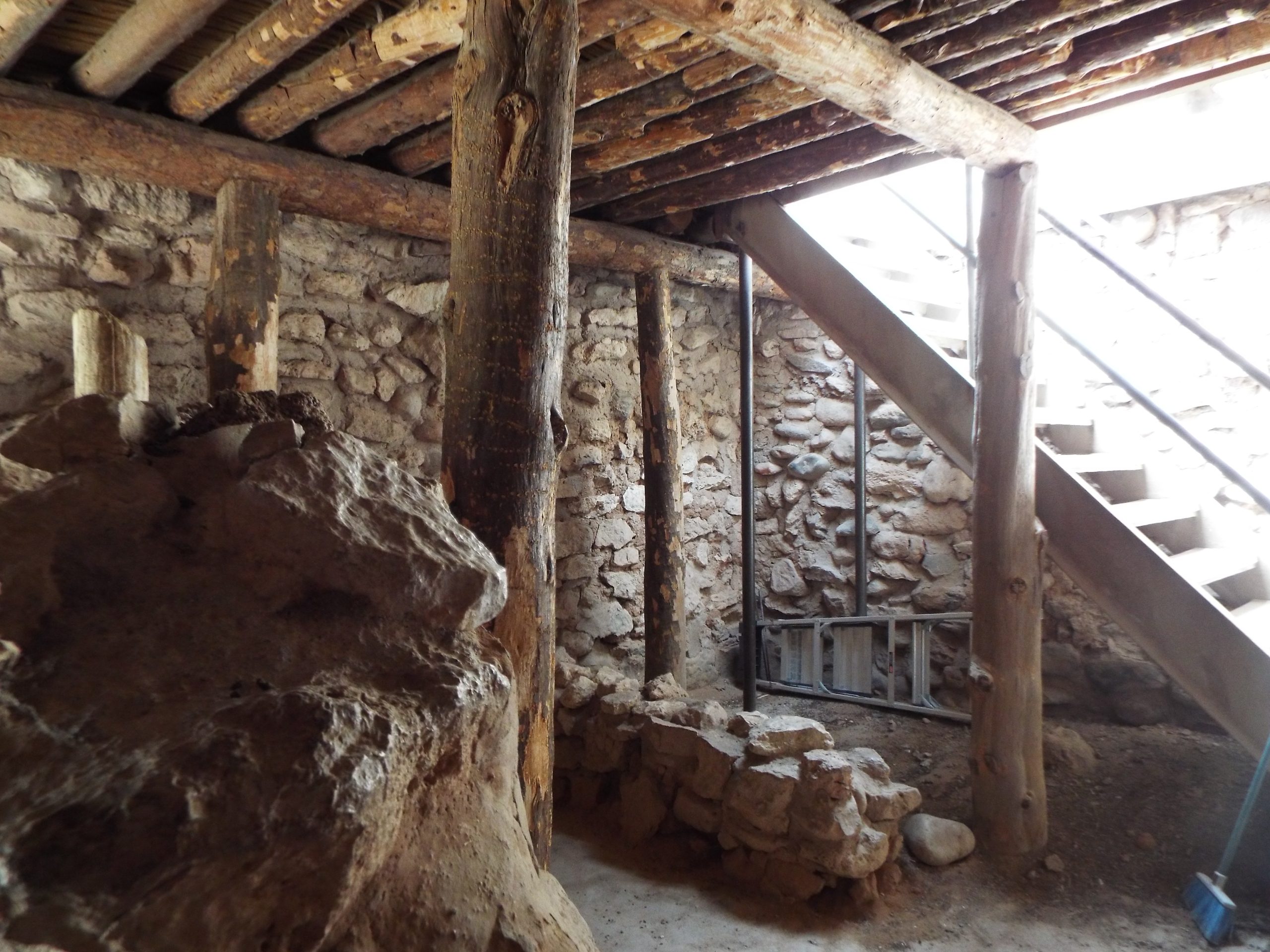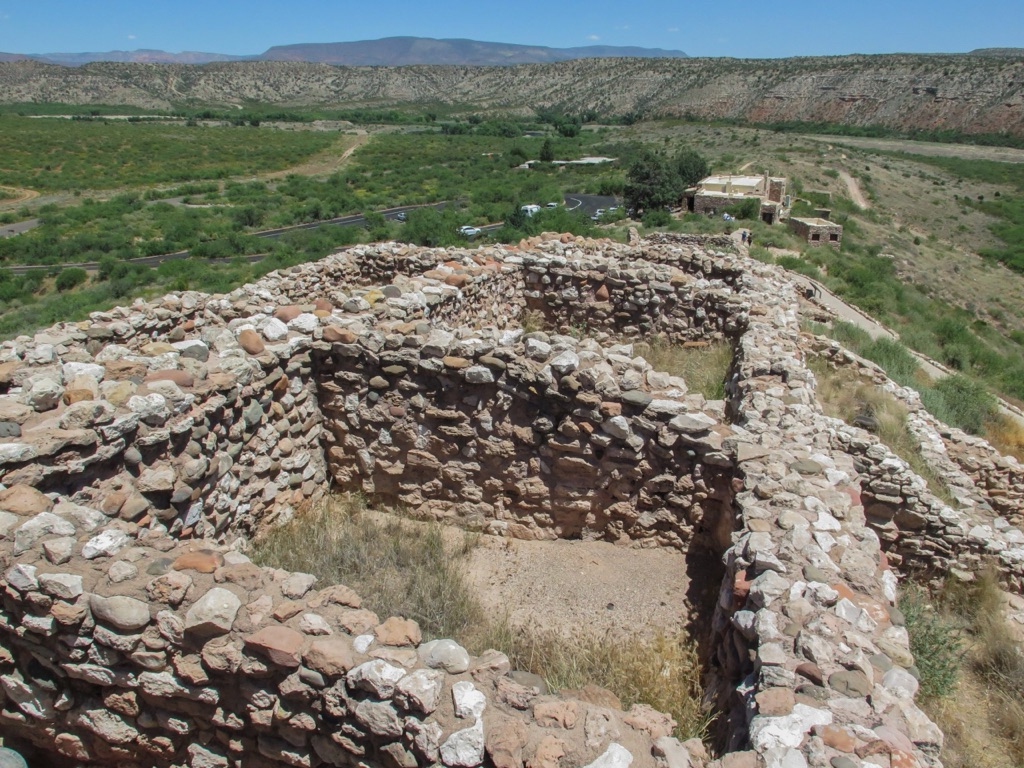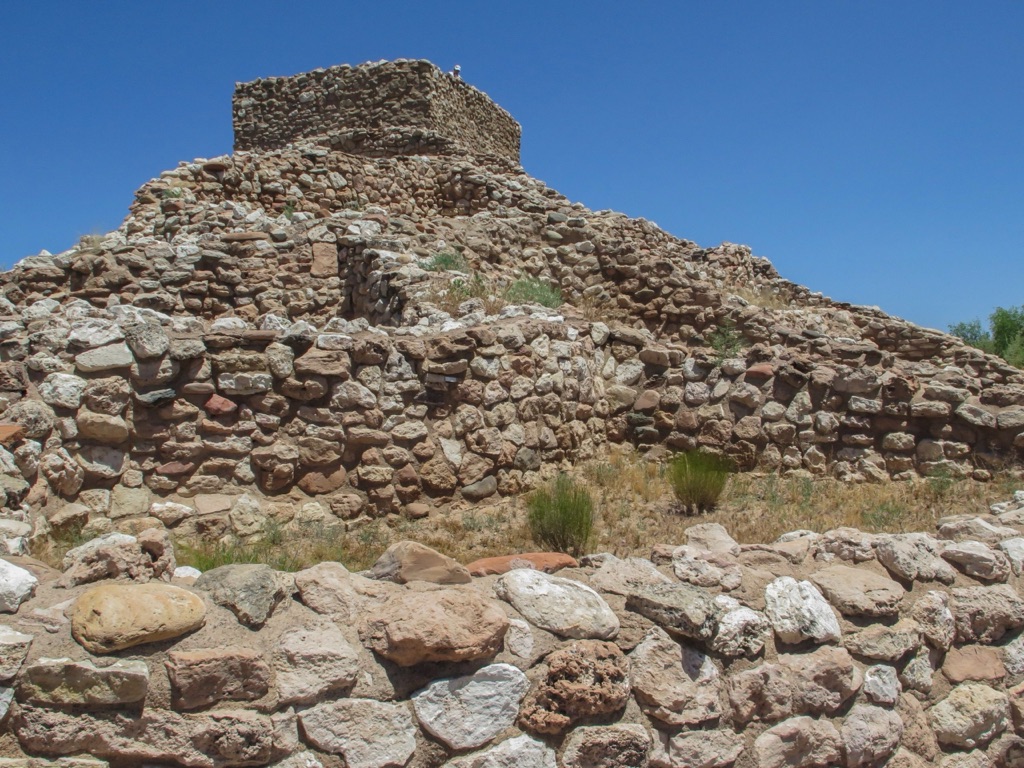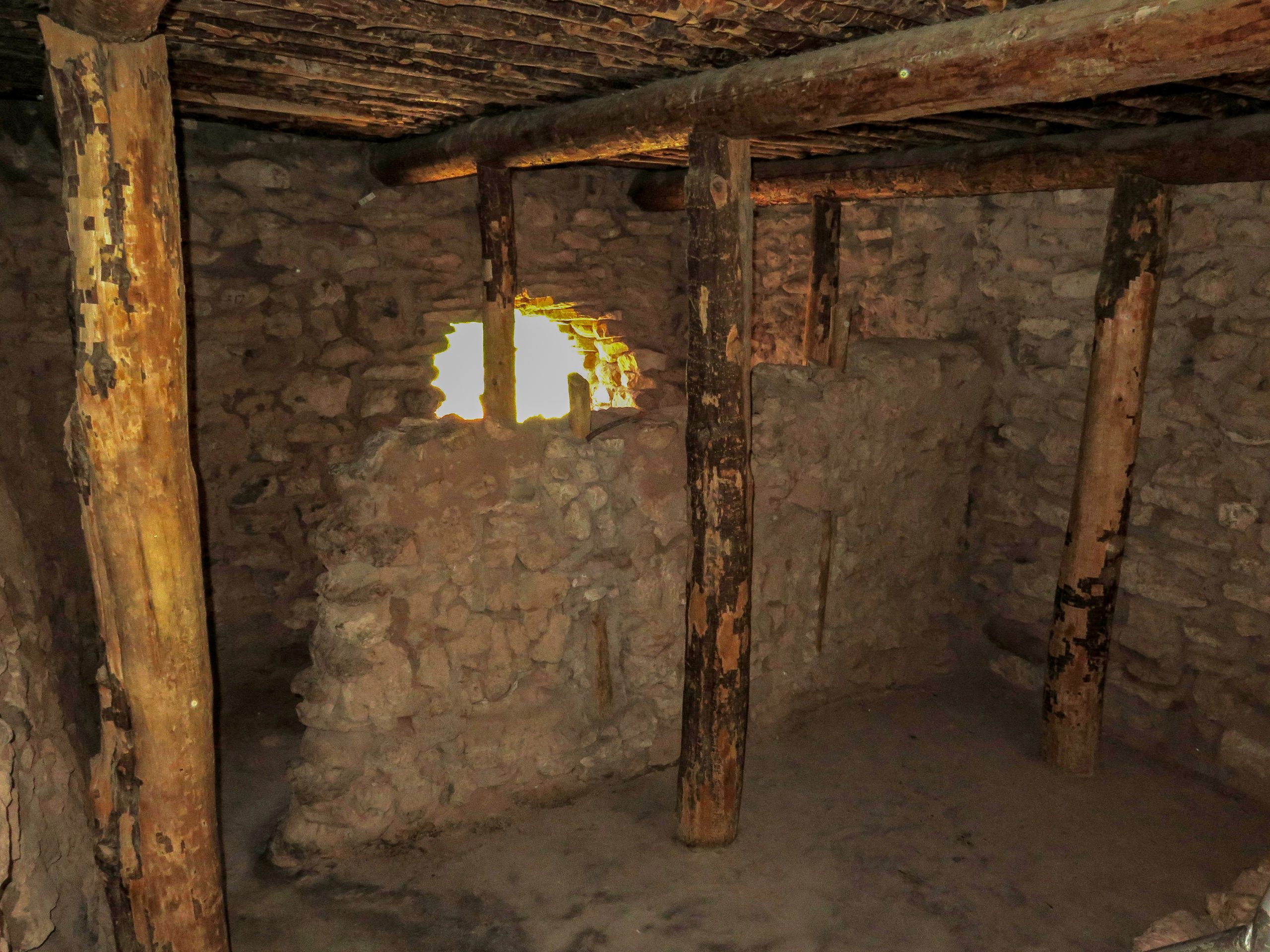Tuzigoot National Monument preserves a 2- to 3-story pueblo ruin on the summit of a limestone and sandstone ridge just east of Clarkdale, Arizona, 120 feet above the Verde River floodplain. The site offers a glimpse into the lives of the Sinagua people who inhabited the Verde Valley over a thousand years ago. The monument showcases the remnants of one of the largest and best-preserved of the many Sinagua villages that dotted the landscape during the 12th to 14th centuries.
Get your dose of History via Email
Historical Background of Tuzigoot National Monument
The Sinagua, a pre-Columbian culture, built Tuzigoot in the 12th century. They thrived in the Verde Valley for over two centuries. The name ‘Tuzigoot’ is Apache for “crooked water,” referring to the nearby river. Archaeologists Louis Caywood and Edward Spicer discovered the site in 1933, under the auspices of the Museum of Northern Arizona. The Civilian Conservation Corps later excavated and partially restored the pueblo.
The Sinagua were agriculturalists with trade connections that spanned hundreds of miles. These connections allowed them to acquire shells from the Gulf of California and parrot feathers from Central America. The pueblo at Tuzigoot comprises over 100 rooms, including second and third-story structures. Its inhabitants later abandoned the site in the 15th century, for reasons still debated by historians and archaeologists.

After its discovery, Tuzigoot underwent extensive excavation and restoration. The site became a National Monument in 1939, thanks to President Franklin D. Roosevelt. It now serves as a window into the past, allowing visitors to walk in the footsteps of the Sinagua. The monument also played a role in the development of Southwestern archaeology, providing key insights into the Sinagua culture.
The Tuzigoot pueblo was not isolated but part of a larger community of Sinagua settlements. These included Montezuma Castle and Montezuma Well, which are also preserved as national monuments. The Sinagua left behind artifacts such as pottery, tools, and jewelry, which suggest a sophisticated and culturally rich society.
The site’s significance extends beyond its historical and cultural value. It offers a unique perspective on the adaptation and resilience of human societies in arid environments. Tuzigoot’s preservation allows for ongoing research and public education about the Sinagua people and their way of life.

About Tuzigoot National Monument
Tuzigoot National Monument stands as a testament to the ingenuity of the Sinagua people. The pueblo was constructed from native limestone and sandstone, materials readily available in the surrounding area. The walls, some of which still stand two to three stories high, were fashioned using a mud mortar.
The pueblo’s layout was not planned from the start but evolved over time. This organic growth resulted in over 100 interconnected rooms. Some rooms had specific functions, such as storage, living quarters, or ceremonial spaces. The largest room, presumed to be a community area, sits atop the third story, offering a panoramic view of the Verde Valley.

Architectural highlights of Tuzigoot include the intricate masonry work and the strategic placement of the pueblo. The Sinagua designed it to maximize the warmth of the winter sun while minimizing summer heat. The site’s location also provided a defensive advantage, with clear views of the surrounding landscape.
The construction methods of Tuzigoot reflect a deep understanding of the local environment. The Sinagua used resources efficiently, which is evident in the minimal waste found at the site. The pueblo’s design also indicates a communal lifestyle, with shared spaces and interconnected rooms.
Today, visitors can explore the Tuzigoot Museum, which houses a collection of artifacts excavated from the site. These artifacts, along with the ruins themselves, offer a glimpse into the daily life of the Sinagua. The museum and the walking trail through the ruins provide an immersive historical experience.
Theories and Interpretations
Theories about Tuzigoot and its inhabitants abound. The site’s abandonment in the 15th century is a subject of particular interest. Some suggest climate change, resource depletion, or social unrest as possible causes. Others hypothesize that the Sinagua merged with other indigenous cultures.
The purpose of certain rooms and structures within Tuzigoot is also a matter of interpretation. While some rooms clearly served as living quarters, the functions of others are less certain. Archaeologists have used artifacts and the pueblo’s layout to make educated guesses about their uses.

Mysteries still surround Tuzigoot, such as the absence of a clear religious structure. This has led to speculation about the Sinagua’s spiritual practices. The discovery of copper bells and other exotic trade items suggests a wide-ranging network and cultural exchange.
Dating of the site has been carried out using tree-ring dating (dendrochronology), which has helped establish the timeline of construction and occupation. This method has provided a more accurate picture of the Sinagua’s presence in the Verde Valley.
Interpretations of Tuzigoot continue to evolve as new discoveries are made. Ongoing archaeological work and advances in technology may provide further insights into the lives of the Sinagua people and the mysteries of Tuzigoot.
At a glance
Country: United States
Civilization: Sinagua
Age: Constructed 12th century AD
Conclusion and Sources
The information in this article was sourced from reputable institutions and publications. These sources provide a deeper understanding of Tuzigoot National Monument and its historical significance.

